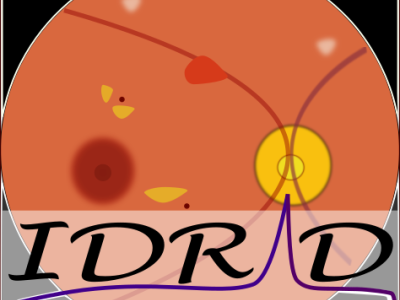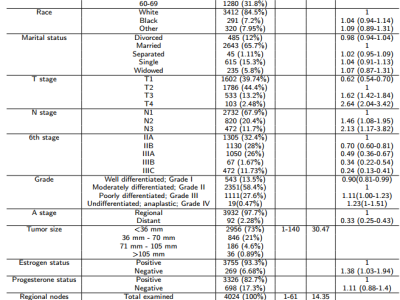ViCE Histopathology Images

- Citation Author(s):
-
Jeffery LaKrishnan RaghunathanJocelyn SilvesterJay Thiagarajah
- Submitted by:
- Krishnan Raghunathan
- Last updated:
- DOI:
- 10.21227/x74v-p181
- Data Format:
 135 views
135 views
- Categories:
- Keywords:
Abstract
72 Normal 0 false false false EN-US X-NONE X-NONE /* Style Definitions */ table.MsoNormalTable {mso-style-name:"Table Normal"; mso-tstyle-rowband-size:0; mso-tstyle-colband-size:0; mso-style-noshow:yes; mso-style-priority:99; mso-style-parent:""; mso-padding-alt:0in 5.4pt 0in 5.4pt; mso-para-margin:0in; mso-pagination:widow-orphan; font-size:10.0pt; font-family:"Times New Roman",serif;}
The tissue morphology of the intestinal surface is architecturally complex with finger-like projections called villi, and glandular structures called crypts. The ratio of villus height-to-crypt depth ratio (Vh:Cd) is used to quantitatively assess disease severity and response to therapy for intestinal enteropathies, such as celiac disease and is currently quantified manually. Given the time required, manual Vh:Cd measurements have largely been limited to clinical trials and are not used widely in clinical practice. We developed ViCE (Villus Crypt Evaluator), a user-friendly software that automatically quantifies histological parameters in standard hematoxylin and eosin (H&E) stained intestinal biopsies. ViCE is based on mathematical morphology operations and is scale and staining agnostic. It evaluates tissue orientation, identifies geometrical structure, and outputs key tissue measurements. These measurements are concordant with manual quantifications across multiple datasets. The underlying mathematical morphological approach for ViCE is robust, and reproducible and easily adaptable for measurement of morphological features in other tissues.
Instructions:
Four Different Datasets of H&E Image for use with our software.







Test case
It would be really helpful if access to the training datasets are also provided.